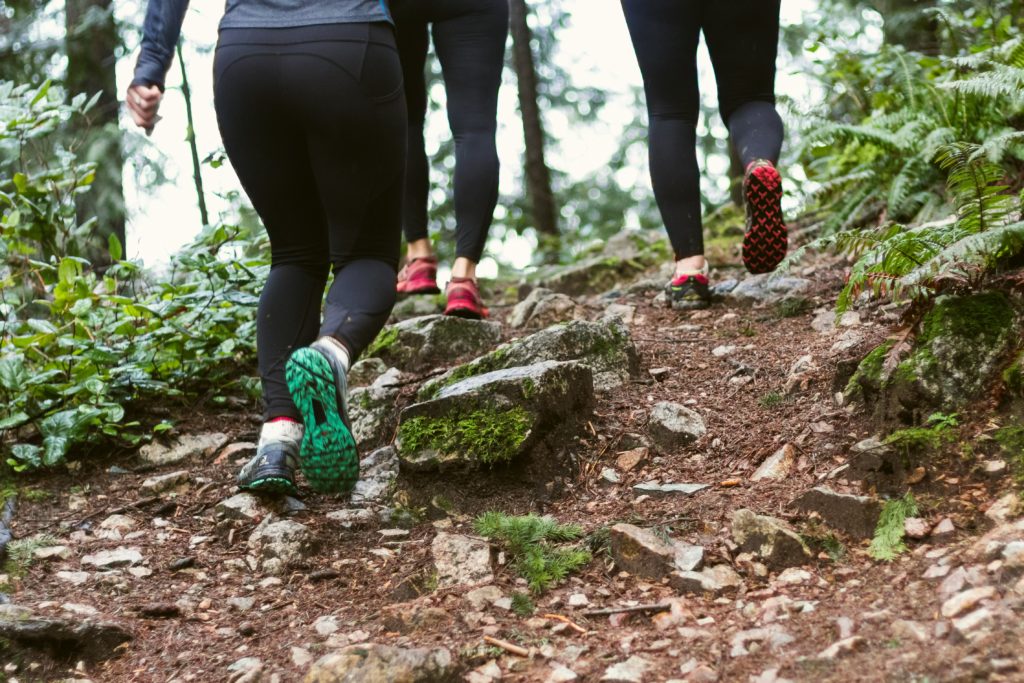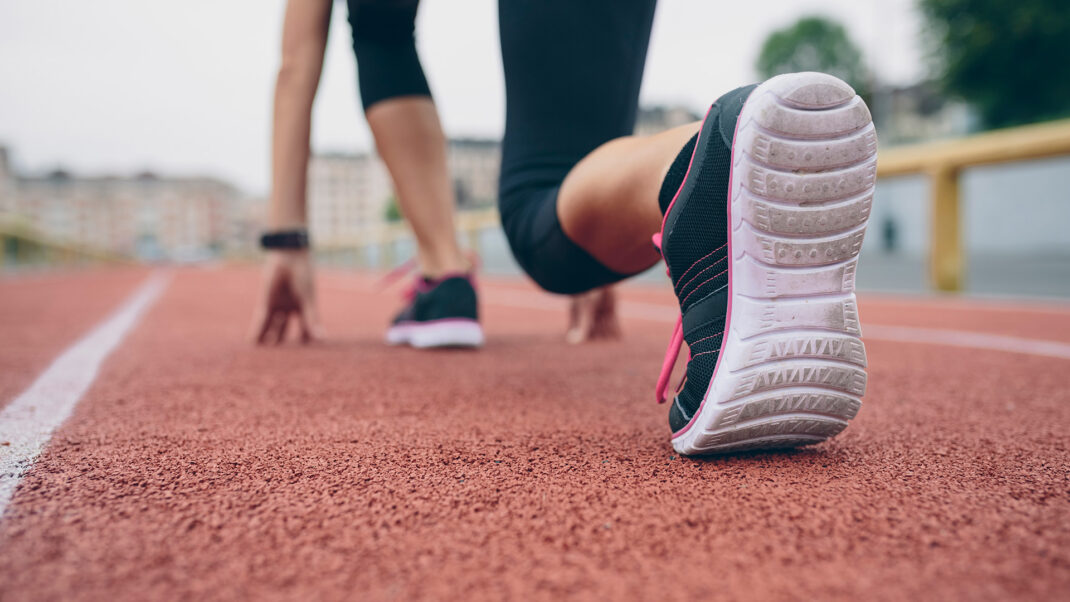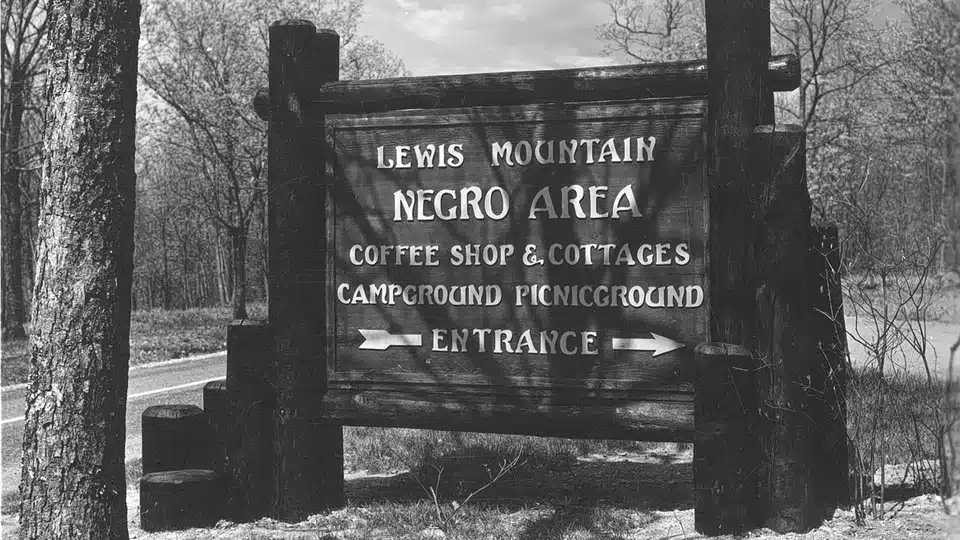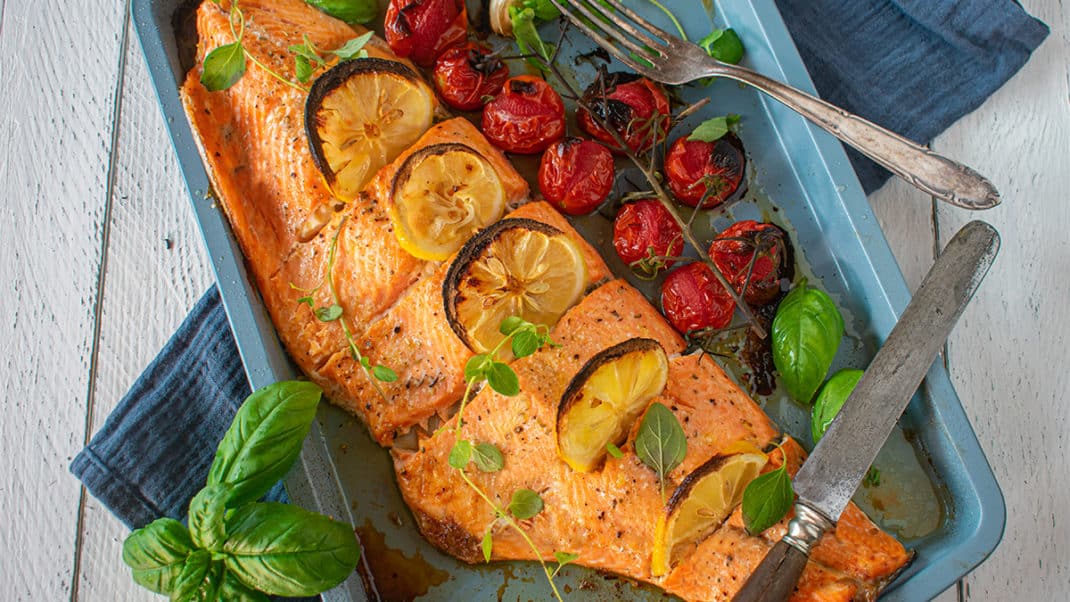Health Benefits of Green Exercise
Taking your training sessions outside will deliver a multitude of benefits that will keep your programming fresh and exciting.

Though not revolutionary, the proliferation of “green exercise” programming resulting from mandated gym closures during COVID-19 has been striking and, by many, welcomed. Like so many of the adaptations that have evolved during this era of pivots, exercising outside likely is here to stay and will give gym owners, fitness entrepreneurs and clients alike more options for creative programming moving forward.
The simple fact of the matter is that while exercising outside is safer when we’re all trying to avoid a highly contagious upper respiratory virus, it’s just generally better for our health. Green exercise delivers more vitamin D, improves mood, deflates stress levels, and helps us to heal faster, according to research compiled by Harvard Medical School (2010).
Exercising outdoors even delivers specific benefits to children, say experts. Exercise science instructor Jennifer Flynn, PhD, points out that kids who spend more time outdoors are more physically active (Cleland et al. 2008; Cooper et al. 2010).
“One of the things that studies in kids have found is that typically just being outside tends to be associated with higher physical activity intensity,” she says. Cleland et al. (2008) found that children who spent just 1 more hour per week outside participated in 26.5 more minutes of moderate to vigorous play.
“That logically makes sense,” she adds. “When kids are outside, they’re bouncing around and they’ve got all this space to play in.”
A 2011 study by Dasilva et al. found that people had a greater sense of well-being, less fatigue and anger, and more enjoyment—when they walked outdoors than they did when walking indoors on a treadmill. The study’s participants self-selected a higher walking speed on outdoor terrain—yet they felt the exercise was less draining and more fun.
“I think really that’s one selling point for the outdoor activity,” Flynn says. “You’re getting a great workout, but it really doesn’t feel as hard.”
See also: Green Exercise: How it Benefits You
Improving Mental States
Humans need to be in nature, “otherwise we feel unwell,” says Tina Vindum, MS, owner of Outdoor Fitness in San Francisco. Vindum, who leads green exercise training for groups in the San Francisco Bay Area, has a master’s degree in kinesiology, serves on the faculty of the American Council on Exercise and gives speeches on the scientifically proven benefits of outdoor fitness.
Vindum says training clients outdoors improves their mental state and facilitates a release that comes from their innate connection to nature. “I’ve seen clients weep on the trail,” she says. “And it’s not because it’s so difficult. They’re so overwhelmed. It’s such an amazing feeling, and that’s the addiction.”
Inspiring Change
Being outside also challenges clients’ muscles in a variety of ways.
Kristen Horler, CEO and founder of Baby Boot Camp in Sarasota, Florida, says the fresh air alone is an added health benefit when exercising outdoors.
“I just think that not everyone is fully aware of how much better they feel to be breathing fresh air and being exposed to sunshine as opposed to the feeling when you’re indoors and there’s recirculated air and cold AC blowing on you. It’s almost as though it’s counterproductive to our body,” she says.
See also: 6 Reasons Why Nature May Be the Best Gym
Practical Advice for Programming Green Exercise
If you’re considering moving workouts outside and haven’t done it before, here are a few tips for a successful start:
- Monitor the weather forecast, including smog and pollen levels, ahead of time.
- Scout the area to ensure you have enough space for the number of clients you will have in a workout.
- Choose a clean area away from heavy traffic. If your workouts will be in the early morning or at dusk, be sure the place is well-lit.
- Select parks and open locations tucked away from crowded areas or busy streets, to avoid excessive air pollution.
- Check that the terrain will work for the planned workouts. (Consider hills versus flats, or look for a combination of these to give your programming a boost.)
- Walk the terrain, checking it for sharp rocks and holes. Clear what you can, and flag the rest so participants can steer clear of these areas for safety.
- Consider selecting a location that is regularly monitored by security cameras or police. Carrying a whistle and pepper spray for protection may also be a good idea.
- Assess the permitting regulations for group classes well before marketing any programming. Although parks are public spaces, many cities have requirements for organized use and for anyone doing business in the parks. Some cities charge a fee.
- Get your liability ducks in a row. If you don’t already have a liability waiver for clients to sign ahead of time, consult an attorney for help in creating one, and make it mandatory for participants to sign the waiver before engaging in exercise. Also check with your insurance company to be sure you are covered for events and workouts outside your gym. You may need additional coverage, depending on your policy.
- Encourage hydration in all seasons, but especially in the hot summer months.
- If you’re going to a park, bring a broom to clean up any trash or leftovers from previous park-goers.
- Be aware that more adventurous outings require proper expertise and intimate knowledge of the terrain. For instance, if you’re doing standup paddleboard workouts, partner with a local paddle-board company and hire instructors certified in water safety.
See also: 15-Minute Bodyweight Workout You Can Do Anywhere
Green Exercise for Life’s Adventures: Author’s Case Study
My husband, Jonathan Spears, and I have been training and enjoying green fitness activities since we first met over a decade ago. How madly in love with the outdoors are we? Well, we’ve run marathons and Spartan competitions, and we’ve trekked around the base of a nearby volcano in 2 days. We even got married at the finish line of a 10K race.
We live in Camas, Washington, just outside Portland, Oregon. We’re an hour’s drive from Mount Hood and next door to the Columbia River Gorge—with endless trails and all kinds of opportunities to be active outdoors. We started Spears Strong, our training company, to keep people in shape for whatever they want to do in life, whether it’s accomplishing something they never expected to be able to do or just running around with their kids at a playground.
We do standard hiking and trail running and more exotic stuff like standup paddleboard workouts. Our trainers are ADAPT-certified, a training philosophy that focuses on getting your body moving the way nature intended. And there’s no better place to do that than among the natural obstacles of the great outdoors.
When the weather is nice, we take our group workouts to local parks. Clients bring a yoga mat for warm-ups and cool-downs. We make sure we scout out the area first. If it’s raining (which happens a lot in the Pacific Northwest), we move to a shelter where we’re still breathing the refreshing air during our workouts.
Our clients love it, from watching the sunrise in a 5:30 a.m. workout to feeling the summer breeze in the late afternoon.
“To be able to have some blue sky above you and some fresh air to breathe in, that alone is totally worth it,” Jonathan says.
Spears Strong also takes clients on adventures like trail runs, forest hikes and obstacle-course training. We want to get people out of their comfort zones and give them something to train and live for. We love to take people out on an adventure—especially people who might not have the courage to do it on their own.
“We’re not doing advanced-level adventures. We’re doing something that’s, ‘Hey come out and be yourself.’ We’re giving people their lives back,” Jonathan says. “Their life is owned by their kids, by their jobs, by their bills, whatever it is. We’re giving them the opportunity to just get outside and move their body while taking in some fresh air—to just be themselves.”
References
Cleland, V., et al. 2008. A prospective examination of children’s time spent outdoors, objectively measured physical activity and overweight. International Journal of Obesity, 32, 1685–93.
Cooper, A.R., et al. 2010. Patterns of GPS measured time outdoors after school and objective physical activity in English children: The PEACH project. International Journal of Behavioral Nutrition and Physical Activity, 7, 31.
Dasilva, S. 2010. Psychophysiological responses to self-paced treadmill and overground exercise. Medicine & Science in Sports & Exercise, 43 (6), 1114–24.
Harvard Medical School. 2010. A prescription for better health: Go alfresco. Harvard Health Letter. Accessed Apr. 5, 2017. www.health.harvard.edu/newsletter_article/a-prescription-for-better-health-go-alfresco.





